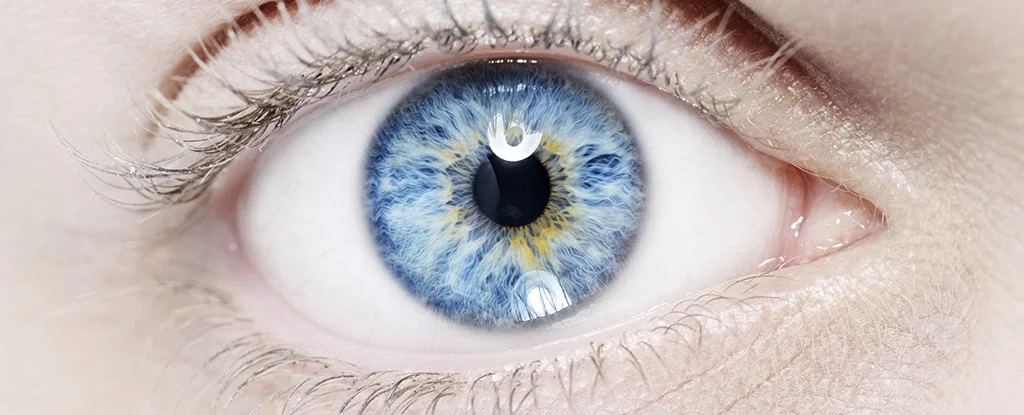
When it comes to neurodevelopmental conditions like Attention Deficit Hyperactivity Disorder (ADHD) and Autism Spectrum Disorder (ASD), the earlier and more accurate the diagnosis the better – it means more time for treatment and symptom management, and often a diagnosis provides people with a far better understanding of themselves.
However, ADHD and ASD – like many mental disorders – require criteria to be diagnosed, and exist on a nuanced spectrum. There’s no one test that can identify what’s going on. New research suggests a potentially speedy, reliable alternative for detecting signs of these conditions: an eye test.
Scientists have been able to use a test called an electroretinogram (ERG), which measures the electrical activity of the retina in response to light, to detect different patterns of activity in those with ADHD and ASD.
“ASD and ADHD are the most common neurodevelopmental disorders diagnosed in childhood,” says research optometrist Paul Constable, from Flinders University in Australia. “But as they often share similar traits, making diagnoses for both conditions can be lengthy and complicated.”
“Our research aims to improve this. By exploring how signals in the retina react to light stimuli, we hope to develop more accurate and earlier diagnoses for different neurodevelopmental conditions.”
A total of 226 youngsters were included in the research – 55 with ASD, 15 with ADHD, and 156 controls with neither ADHD nor ASD. Scans showed that children with ADHD showed higher overall ERG energy, while those with ASD showed less ERG energy.
The researchers suggest that differences in the way the brains of people with ADHD and ASD are wired – the different connectivity and the different levels of chemical messengers such as dopamine, for example – are then reflected in the eyes. Previous studies have also highlighted how the eyes can reflect what’s happening in the brain.
This is the first study of its kind and so we’re still at a preliminary stage. However, the results are enough to suggest patterns of eye behavior could be used to identify both Attention Deficit Hyperactive Disorder and Autism Spectrum Disorder in children, and to distinguish them from each other.
“Retinal signals have specific nerves that generate them, so if we can identify these differences and localize them to specific pathways that use different chemical signals that are also used in the brain, then we can show distinct differences for children with ADHD and ASD and potentially other neurodevelopmental conditions,” says Constable.
ASD, which affects around 1 in a hundred children, leads to differences in the way that kids behave: that can include how they interact with the world for example, and how they communicate with other people.
ADHD is thought to affect between 5 and 8 in a hundred children. Like ASD, it involves brain development, but in this case it’s characterized by being overly active, struggling to control impulsive actions, and having difficulty concentrating.
There are effective treatments to manage ASD and ADHD, but a proper diagnosis is key. Further research is now going to be required to establish exactly how retinal signals differ in people with ADHD and ASD, compared with those without these conditions.
“Ultimately, we’re looking at how the eyes can help us understand the brain,” says cognitive psychologist Fernando Marmolejo-Ramos, from the University of South Australia. “It is truly a case of watching this space; as it happens, the eyes could reveal all.”
SOURCE: DAVID NIELD
